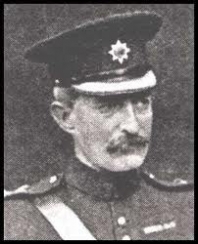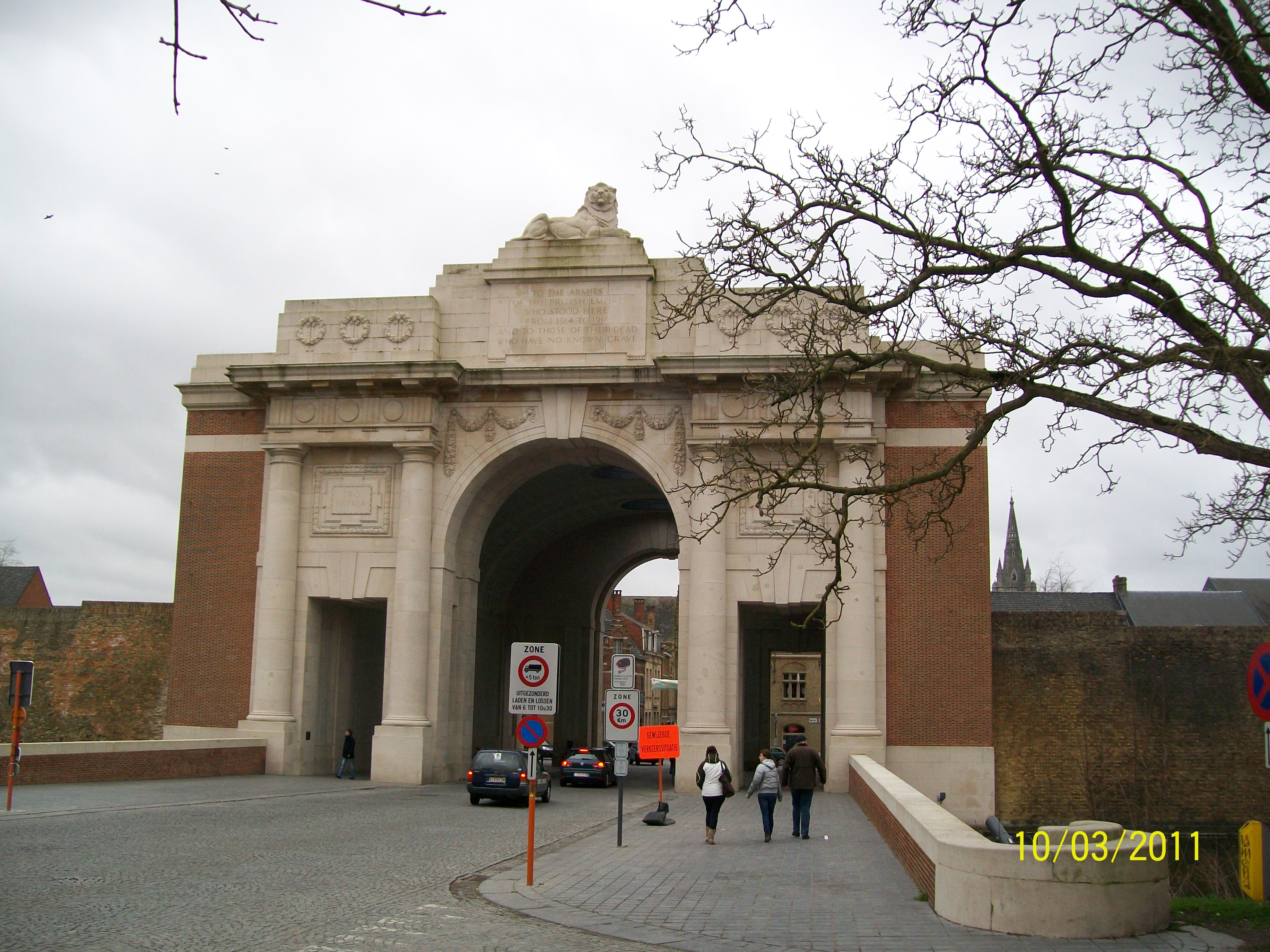| First Name: | Charles | Last Name: | FITZCLARENCE | |
|---|---|---|---|---|
| Date of Death: | 12/11/1914 | Lived/Born In: | Belgravia | |
| Rank: | Brigadier General | Unit: | Guards Brigade1 | |
| Memorial Site: | 1. Belgravia, St Peter 2. Menin Gate, Ypres | |||
Current Information:Age-49 Victoria Cross 12, Lowndes Street, Belgravia
First Battle of Ypres Between 21st October and 22nd November, 1914 a desperate fight took place around the Belgium city of Ypres, the first of three major battles that were to be fought there during the course of the war. British troops entered Ypres in October. The 1st and 2nd Divisions plus the 3rd Cavalry Division had made their way up from the Aisne as part of the “Race to the Sea”, whilst the 7th Division came west to Ypres after Antwerp had fallen. The Germans knew that Ypres was the gateway to the Channel ports and that these were vital to Britain’s war effort so they poured reinforcements into the area. The fighting fell into three distinct battles; the Battle of Langemarck, 21-24 October, the Battle of Gheluvelt, 29-31 October and the Battle of Nonne Bosschen, 11 November. Ypres did not fall to the Germans but its defence during these two months resulted in the destruction of much of the old regular British Army. The Battle of Nonne Bosschen The battle of Nonne Bosschen on 11th November, 1914 was the final German attempt to break through the British lines around Ypres. They threw twelve and a half divisions into an attack against a nine mile front, stretching from Messines to Reutel (close to Polygon Wood). The main thrust of their attack was either side of the Menin Road where two fresh divisions, numbering around 10,000 men were thrown against eleven tired and depleted British divisions of around 4000 men. The attack was launched at 9 am after the heaviest artillery barrage yet seen and was protected by early morning mist. Astride the Menin Road the defenders were forced to give ground but more critical was the attack that penetrated the Guards Brigade line just to the north and allowed the Germans to get into Nonne Bosschen woods and threaten the artillery line. This threat was averted in the afternoon when a counter attack cleared the Germans from the wood. There was now no chance of a breakthrough and although the Germans made a few minor attacks over the next few days the First Battle of Ypres was finished. On 11th November, 1914, 1 Guards Brigade consisting of three weak Scottish battalions, 1st Scots Guards, 1st Cameron Highlanders and 1st Black Watch numbering 800, were in that part of the line that stretched 900 yards from Nonne Bosschen to Polygon Wood. Attacked in overwhelming force they were overrun, their machine guns barely getting the chance to fire more than two belts. A desperate defence was made by the cooks and details of 1st Scots Guards and other isolated pockets of resistance. 1st Liverpool (Kings) and some of 1st Scots Guards held firm in Polygon Wood and this defence together with accurate British shelling from Hooge halted this advance. Banks of grey turned out to be German dead rather than a new attack. 1 Guards Brigade was commanded by Brigadier General Charles Fitzclarence who had won the Victoria Cross during the Boer war in South Africa. On 11th November, 1914 he had played a leading role in stopping the German advance. Not content with that, he then proceeded to gather together a new force from the remnants of various units with the intention of winning back the trenches lost earlier in the day. That night, he was leading 500 men out of Polygon Wood when he was shot dead. |
||||
Other Photos: |
||||
| « Back to Search Results | ||||
| If you think any of the information shown here is incorrect, Click Here to submit your amends and comments | ||||





